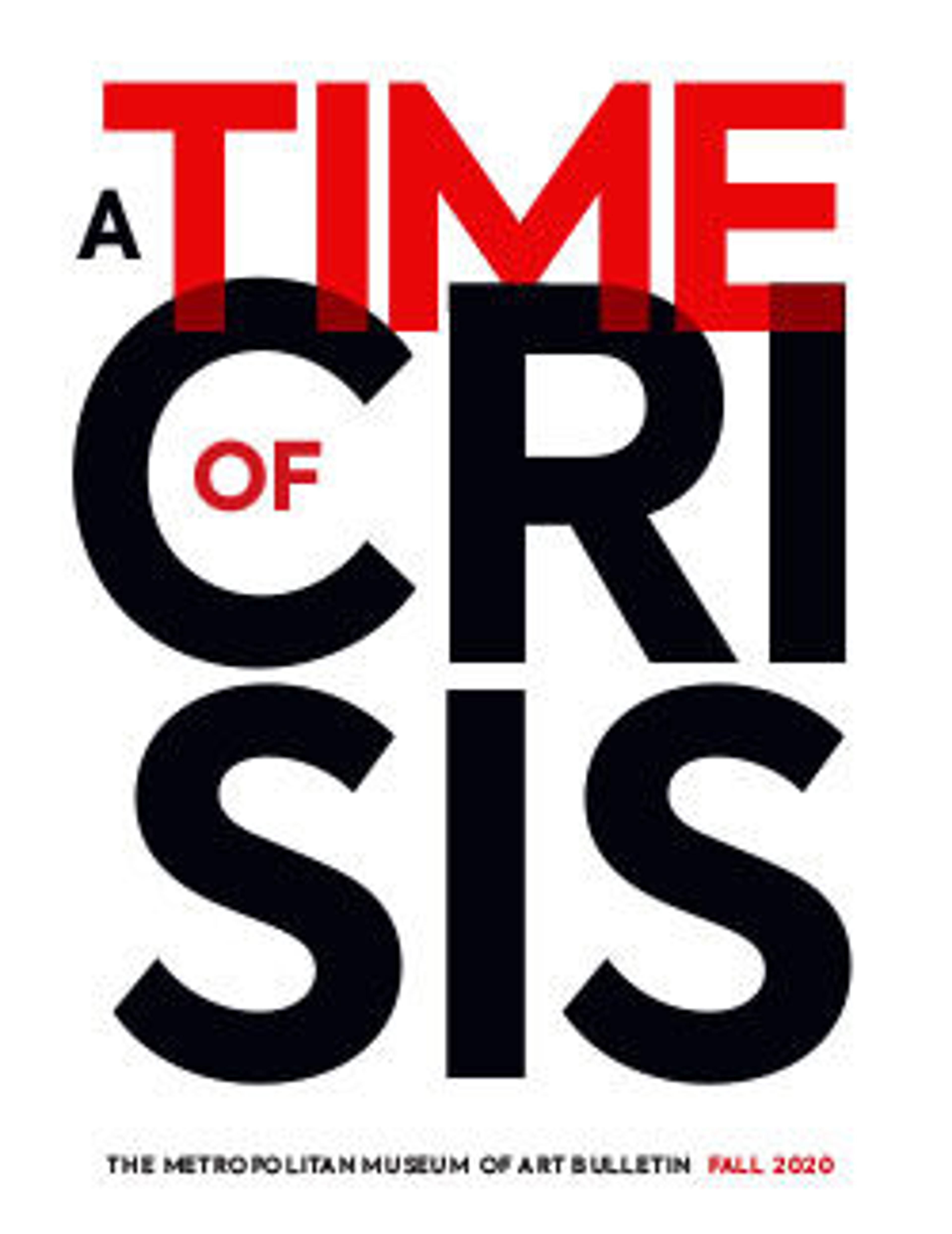Portrait face mask from Gbagba, a mblo performance
Designed as part of a Baule theatrical tradition, known as mblo, that combines dramatic skits and solo dances, this mask is an idealized representation of the prominent member of the community for which it was sculpted. Its lustrous carved surfaces suggest healthy skin set off by a delicately textured coiffure and facial scarifications. Within Baule culture, mblo portrait masks are appreciated as the most refined and long-standing form of artistic expression. While they may depict either men or women, such works were generally commissioned by a man to honor a female relative or created by a carver in homage to a particular woman's dance skills and beauty. Because of their importance, only the best dancers are eligible to wear portrait masks in performance. On such occasions it is required that the portrait's subject, or "double," be present to accompany it.
This work is of historic significance because it was exhibited in Paris at the Galeries Levesque as early as 1913, in the first installation to display African sculpture as fine art, alongside western works and Asian, Egyptian, and Precolumbian antiquities. In 1915 the mask was also published in Negerplastik, by Carl Einstein, a pioneering study of African art that established a new formalist appreciation for such objects and inspired many Modernists.
This work is of historic significance because it was exhibited in Paris at the Galeries Levesque as early as 1913, in the first installation to display African sculpture as fine art, alongside western works and Asian, Egyptian, and Precolumbian antiquities. In 1915 the mask was also published in Negerplastik, by Carl Einstein, a pioneering study of African art that established a new formalist appreciation for such objects and inspired many Modernists.
Artwork Details
- Title: Portrait face mask from Gbagba, a mblo performance
- Artist: Baule artist
- Date: ca. 1900
- Geography: Côte d'Ivoire, central Côte d'Ivoire
- Culture: Baule peoples
- Medium: Wood
- Dimensions: H. 10 × W. 4 1/2 × D. 4 in. (25.4 × 11.4 × 10.2 cm)
- Classification: Wood-Sculpture
- Credit Line: Bequest of Adrienne Minassian, 1994
- Object Number: 1997.277
- Curatorial Department: The Michael C. Rockefeller Wing
More Artwork
Research Resources
The Met provides unparalleled resources for research and welcomes an international community of students and scholars. The Met's Open Access API is where creators and researchers can connect to the The Met collection. Open Access data and public domain images are available for unrestricted commercial and noncommercial use without permission or fee.
To request images under copyright and other restrictions, please use this Image Request form.
Feedback
We continue to research and examine historical and cultural context for objects in The Met collection. If you have comments or questions about this object record, please contact us using the form below. The Museum looks forward to receiving your comments.
